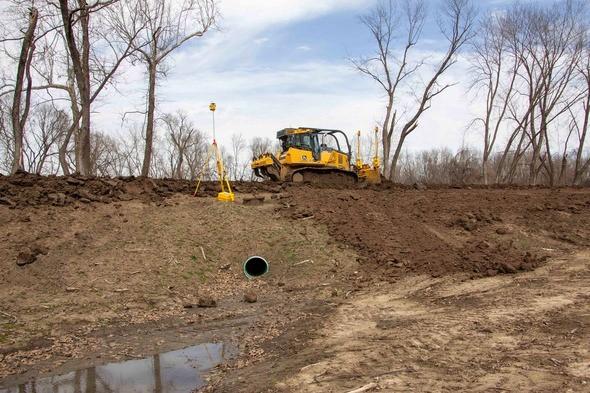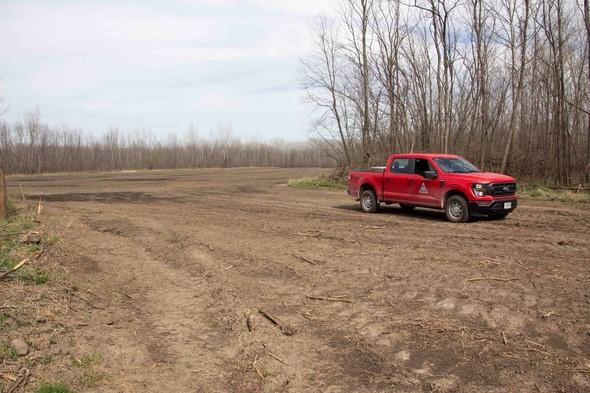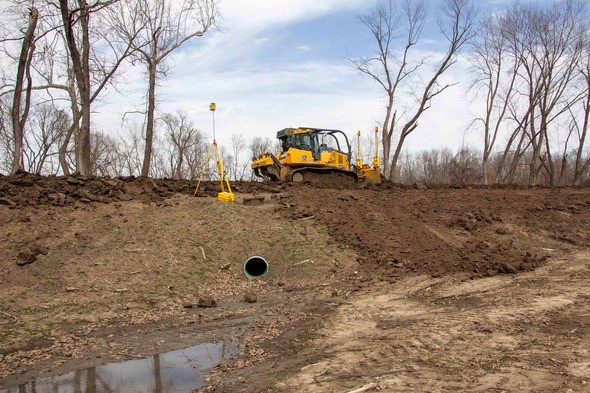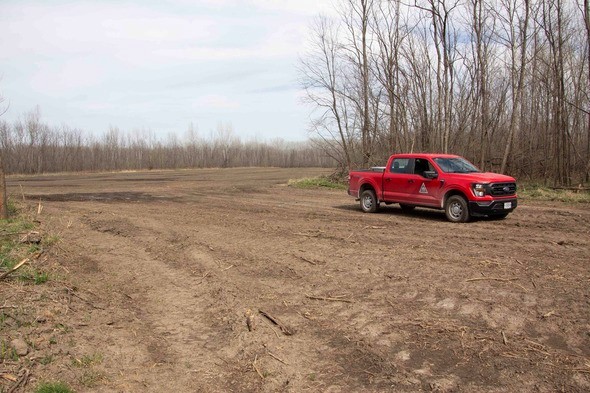
Xplor reconnects kids to nature and helps them find adventure in their own backyard. Free to residents of Missouri.


































Stay in Touch with MDC news, newsletters, events, and manage your subscription

Xplor reconnects kids to nature and helps them find adventure in their own backyard. Free to residents of Missouri.

A monthly publication about conservation in Missouri. Started in 1938, the printed magazine is free to residents of Missouri.




Kansas City, Mo. – Sometimes nature needs a reset when the goal is healthy natural habitat to benefit wildlife. Crews for the Missouri Department of Conservation (MDC) are continually applying management such as prescribed fire to maintain quality feeding, resting, and young-rearing habitat for wildlife. But sometimes unwanted growth makes portions of an area very different from the original, grassland, woodland, or forest. When that occurs, heavy equipment is often brought in to makes repairs, remove growth, and give MDC crews a chance to restart the native plant cover.
One example can be found this spring at the Platte Falls Conservation Area near Platte City. Past floods damaged levees in a low-lying area that the Platte River loops around, which is known as the duck head. MDC heavy equipment operators are now nearing completion of major levee repairs. A new water control structure was installed in the levee. They have also cleared overgrowth in fields in between tree lines.
“The levee repair and new water control structure will allow us to manage 65 acres as an opportunistic wetland,” said Jeff Miller, MDC wildlife biologist. “The open fields will be planted to Japanese millet or buckwheat this growing season and managed for moist soil vegetation in the following years. I do plan to add that area to the prescribed burn rotation starting next burn season.”
While it will take a while for nature to re-green the levees and areas where the equipment has been working, the changes in time will provide better food and cover for wildlife. Migrating waterfowl and shorebirds will benefit, so will resident songbirds.
One area of emphasis for MDC is preserving and restoring native grasslands. Most of northwest Missouri was once open prairie, or savanna with a few trees amid prairie grasses and wildflowers, or woodlands with more trees but prairie plants still present. Today, areas with native prairie plants are rare and remnants or restorations are critically important to be grassland wildlife, from songbirds to game birds like bobwhite quail. Valued species such as wild turkeys and deer also utilize grasslands.
MDC’s Pony Express Conservation Area in DeKalb County and the Bonanza Conservation Area in Caldwell County are among the areas where native grassland restoration is ongoing.
“Most of the restoration sites were overgrown by undesirable tree species that are unproductive for native wildlife,” said Brian Gilbert, MDC wildlife biologist. “Eight years ago, I began a project on Pony Express to see what results we could get by removing large blocks of trees. Fortunately, the native grasslands that were once present were waiting for sun exposure to recover. The first project resulted in native grassland regrowth after two growing seasons, and an application of one prescribed fire.”
Heavy equipment such as skid steers, track hoes, and bulldozers used to remove trees leave bare dirt. But the bareness is temporary.
“With a little time and native seed, which has already been planted, these once undesirable treed areas will be productive grasslands that will benefit all native species in north Missouri as well as migrating grassland bird and insect populations,” Gilbert said.
MDC can also connect private landowners with expertise and financial assistance for similar wildlife habitat improvement projects on their property. For more information, visit http://short.mdc.mo.gov/4m4.